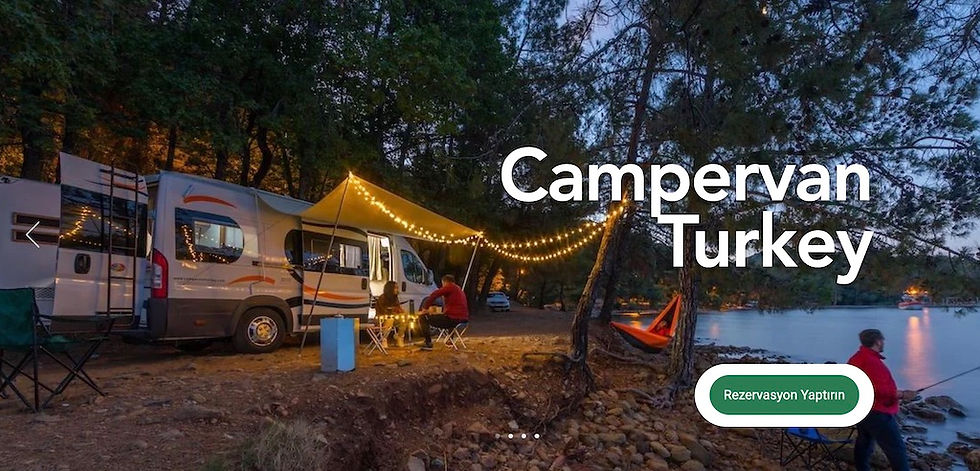The importance of horseshoes – A practical guide
- Pınar Horse Safari

- Dec 20, 2022
- 4 min read
In the equine world, it is customary to say "no foot, no horse". And if there is one question that you will quickly have to ask yourself in the event that you become the owner of a horse, it is what to do on the shoeing side? Already, do you have to shoe your horse, a subject widely debated in the industry, and for which you will have to decide for yourself. Why shoe your horse, and how? What are the best practices ?
Here's everything you need to know to understand your horse's shoeing properly!

Should you shoe your horse?
It is customary to think that shoeing your horse allows you to protect the horse's hoof, a bit like it is the case with us with our shoes. Except…we weren't born with it. So, is it natural to shoe your horse despite everything? Let's say that the choice of horseshoe will depend on the age of your horse, its breed, its type of activity, depending on whether it is at rest, in leisure or very sporty, and on the type of ground on which it evolves. (track, box, field, etc.).
Whatever happens, it is the farrier and the veterinarian who will be able to tell you the best type of horseshoe suitable for your equine, according to its balance, specific needs and potential locomotor pathologies (tendinitis, navicular diseases, etc.). .).
It is customary to think that foals, young horses or retired horses can be left barefoot. Just like those doing little activity or moving on soft ground. Or even horses in rest periods, during holidays or in winter.
What to think about when it comes time to shoe your horse?
Once the farrier comes to study your horse and see what it needs, you will have several questions to ask yourself:
The material of iron
Should plastic, aluminum or steel irons be preferred? In general, steel shoes are the most used, as they are versatile, multitasking, easy to fit, quite ideal for recreational or moderate sport horses, as well as for orthopedic needs. Aluminum and plastic are clearly more precise and comfortable irons, more suitable for racehorses requiring state-of-the-art performance and tools.
The plaques
Should plates be placed? This protection is added between the shoe and the sole of the horse, for more comfort. They are either plastic, silicone or even leather, the most comfortable for your companion, but also the most fragile. Again, this is not mandatory and will depend on your horse's usage.
The garnish
This is the excess iron that can be left around the horse's hoof. The horn constantly growing, you always have to leave a little margin. Otherwise, it's a bit like wearing shoes that are too small… very unpleasant. However, the risk is to defer more easily. Once again, it is the farrier who decides on this part, depending on the activity of your horse.
The cover
It corresponds to the width of the bar. The classic average is 8 mm, but can vary according to the needs of the horse. The wider the iron, the more comfortable it is, of course. But also heavier, which increases the rate of vibration during exercise and the risk of injury. The cover is widely used to compensate for certain pathologies, since the heavier the iron, the more it can counterbalance certain imbalances. We will discuss this in more detail in the “Shoeing your horse in the event of pathology” section below.
The beveling of iron
The more the iron is bevelled, the more it facilitates rolling, the natural rocking of the foot forward while walking or running. This movement is essential for competition horses or horses with high sporting activity.
Shoeing your horse, how does it work?
Upstream of shoeing, the farrier proceeds to the trimming. This consists of removing the excess horn, which, a bit like our fingernails, grows constantly and not always very regularly. The farrier also corrects the balance of the horse, and can thus work the shoe before laying, to best adapt to the equine.
Once the shoe is ready, the farrier places the shoe on the horse's hoof and pins it with nails which he drives into the horn. The nails come out higher on the wall of the foot. This procedure is obviously painless for the horse, as long as no live part of the foot is affected.
The farrier then cuts off the protruding nail tips so as not to injure the horse. The remaining part is folded into the horn and grated if necessary, to avoid any potential injury.
The horseshoe must be redone approximately every 6 to 8 weeks, between 40 and 60 days for a wide frog, due to the horn which grows regularly.
What about horseshoes in the event of a pathology?
Apart from the needs of certain horses depending on their environment or activity, horseshoeing is also one of the best ways to compensate for certain pathologies in the horse, such as problems with feet, tendonitis or navicular.
Indeed, the blanket, of which we spoke above, has a direct impact on the weight of the horseshoe (the wider, the heavier), and therefore, on the inclination of the horse's foot.
Panard horses, for example, whose feet are turned outwards, or knock-out horses, whose feet turn inwards, tend to put more strain on the tendons on one side or the other of the foot, because of this imbalance. An orthopedic shoe can help to rebalance this by using the counterweight of the shoe, to put more weight on one side or the other of the foot.
Did you check Campervan Turkey?











Comments